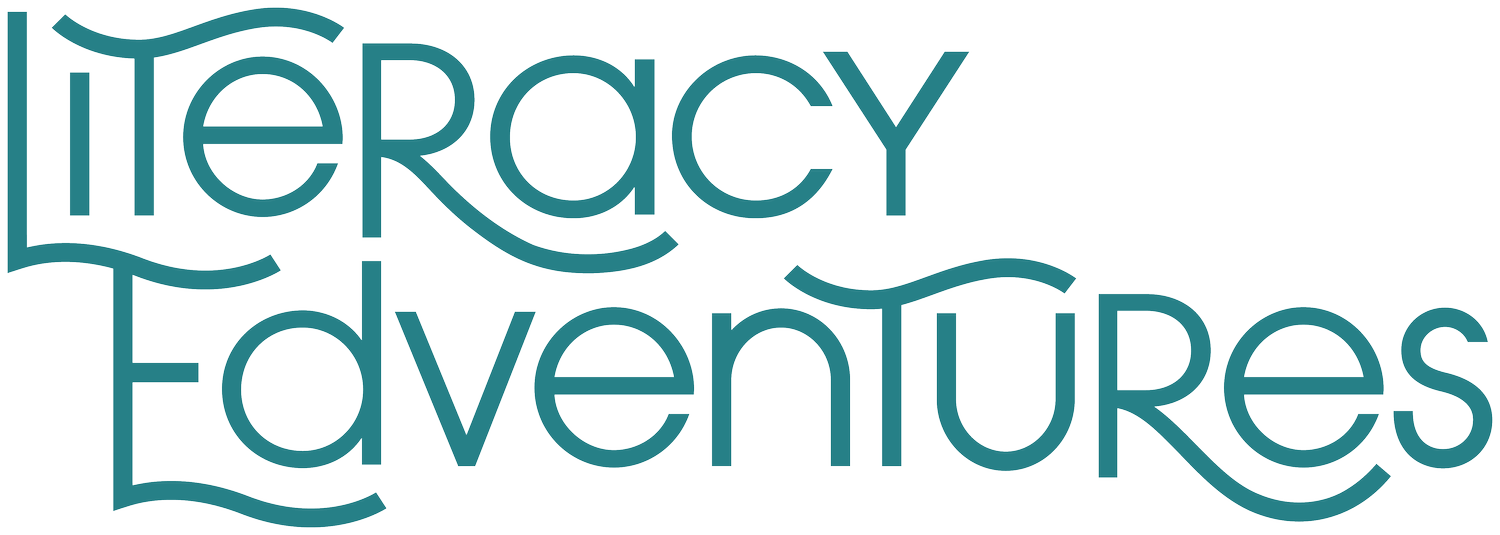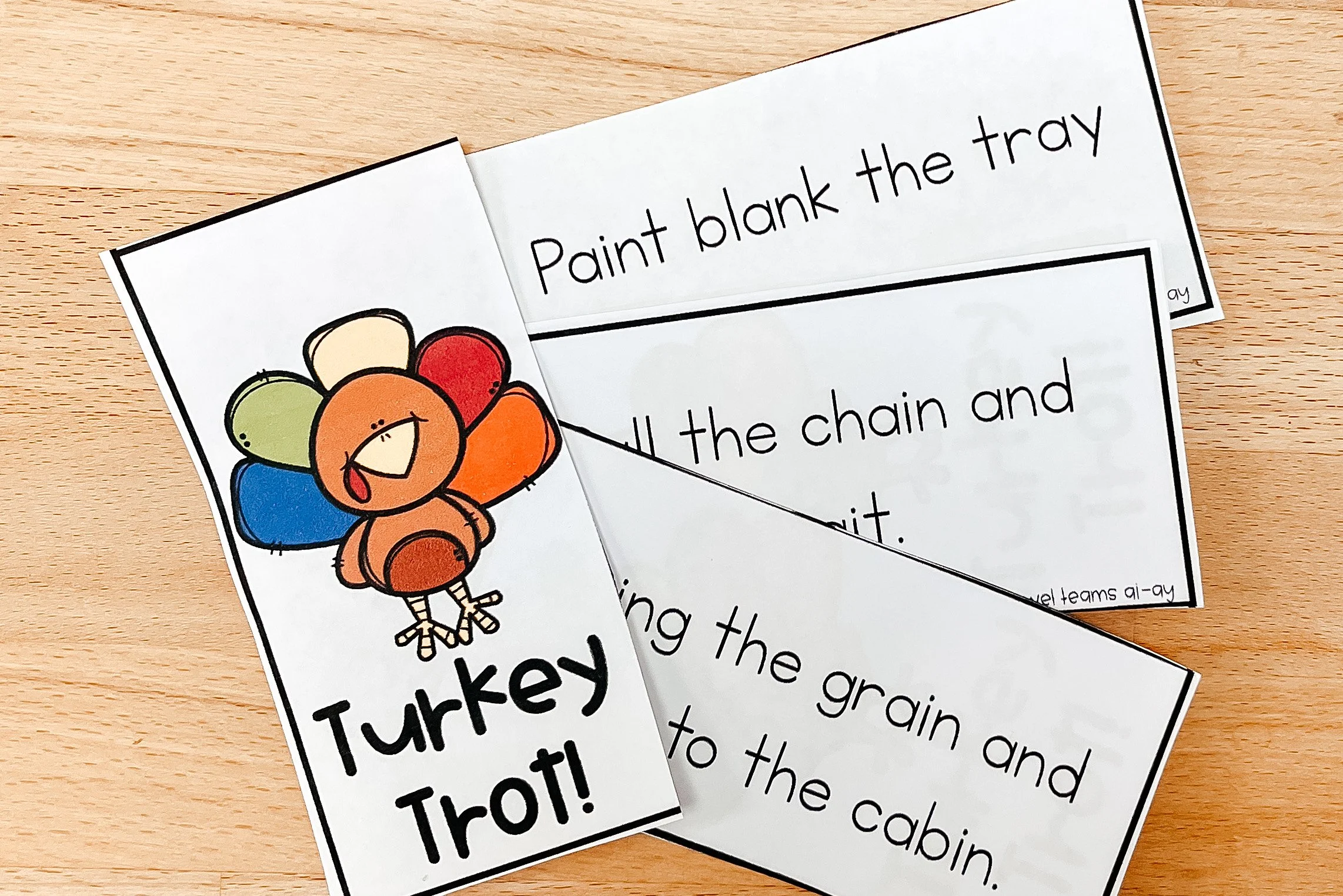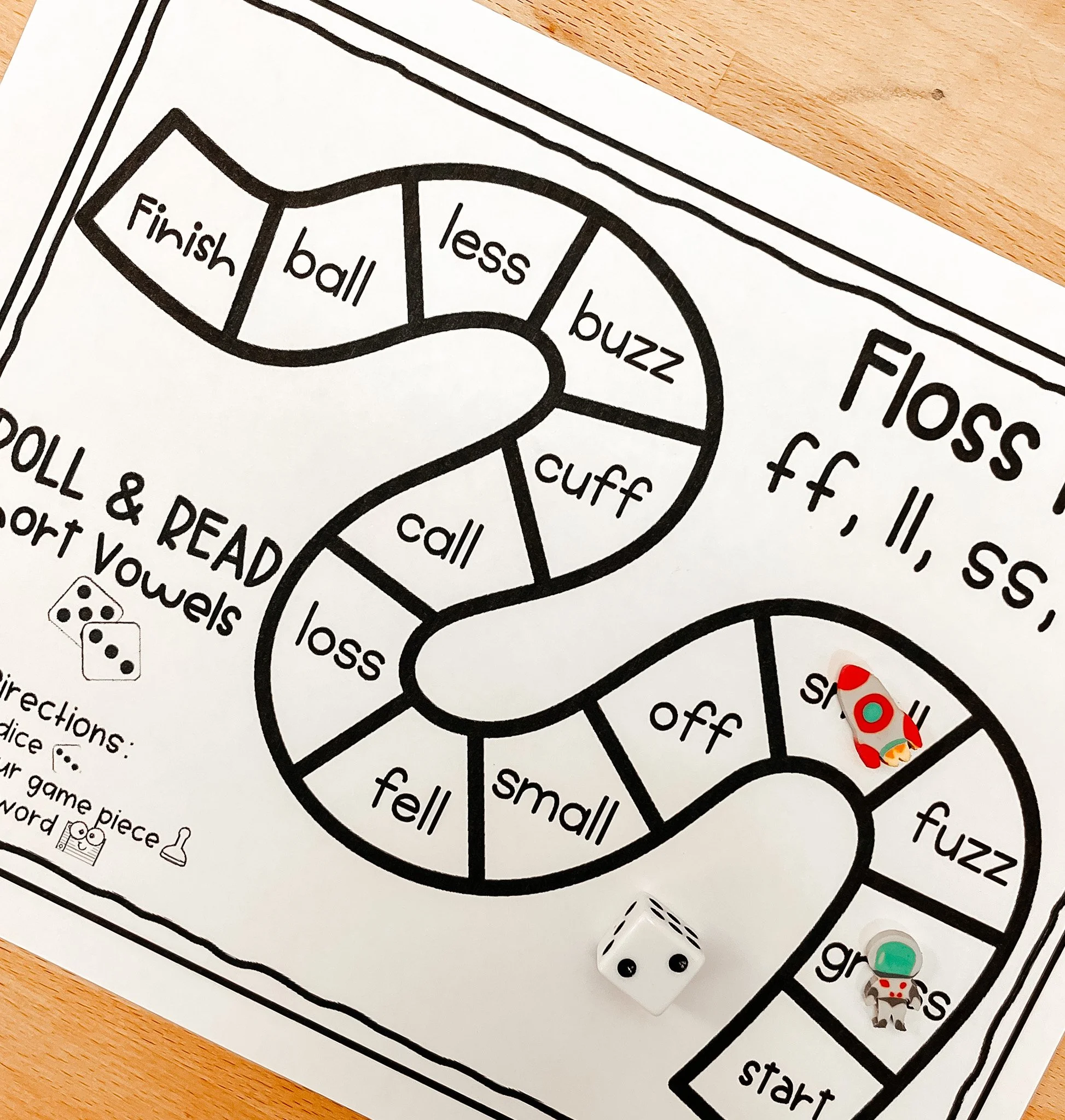5 Engaging Phonics Activities!
Since we are teachers, tutors, literacy specialists, and parents who love learning, it’s easy for us to think that any phonics activity is fun! But we all know that these activities have to be fun for kids, too. And, well - that’s a different story. So how do we make learning phonics fun and engaging, especially for our struggling readers? Below are 5 phonics activities that are sure to captivate your students in the classroom or your children at home. And the best part? Most of them are prep and materials free!
Before we dive in, let’s briefly talk about why teaching phonics is vital to reading success. Knowing its importance will help us understand why phonics activities like these are such a great idea to weave into our classroom or our homeschool curriculum.
First, phonics is essential for future success. Studies show that a child’s phonics skills as a beginning reader in the early years are an indicator of a child’s future reading success. We do this by systematic, direct instruction in small (and whole!) groups.
Second, phonics truly is the foundation of reading. Once a child can master phonological and phonemic skills, he or she has the world of reading at their fingertips. With a solid foundation in phonics, kids are able to sound out and read so many words in the English language. How many, you ask? A study from Moats & Tolman (2009) showed that about 96% of English words are decodable - woah! What a tool and gift we can give our students when we give them the gift of phonics.
Third, phonics opens the door to success in other components of literacy such as vocabulary, comprehension, and fluency. Now, mastery of phonics won’t guarantee mastery in these other areas, to be sure. But a solid phonics foundation can lend itself and help support other areas of literacy as the student grows.
After that pep talk, I bet you’re ready to get started! Here are 5 engaging phonics activities that can help bring fun and life into your phonics routine.
HANGMAN (or something similar)
It doesn’t get any simpler than this activity. It’ll also keep students on their toes because they want to beat the teacher!
How to Play:
Choose a word and draw one blank for each word on the board.
Create a letter bank. I usually draw a box in the bottom right-hand corner and add the letters there. I tell the students that they must choose sounds from this box to discover the mystery word.
Select the picture (hangman) you want to draw. I love doing seasonal pictures (ie, snowman, rainbow, etc.)
Allow students to guess the sounds in the word. If they guess correctly, place the sound in the correct box. If they guess incorrectly, begin drawing your picture.
THREE’S COMPANY
This one is particularly fun and takes just a little bit of teamwork - and a lot of listening! This activity works best with CVC words. This particular activity is nice because children who are timid at first to come up in front of the class are accompanied by other students and offered support.
How to Play:
Have three students come up to the front of the class and stand next to each other.
Say a CVC word loud and clear for all to hear, and then have the class repeat it back to you.
The three students in front will then say each sound they hear and step forward. The first student says the first sound, then the second student says the medial sound, and the third student says the last sound. At the end, they repeat the word.
For example, if you say, “The word is cat.” The class will repeat “cat” and it’s the trio’s turn. The first student will step forward and say “/c/.” The second will step forward and say “/a/.” The third will step forward and say “/t/.” Then, all three say “cat” together and take their seats.
Choose another trio and another CVC word! This can also be used on two-letter words as well.
THUMBS UP/THUMBS DOWN
This activity is simple enough; the best part is that it’s a quiet way to figure out who needs more practice with phonics and who’s getting the hang of it. This activity feels safe for students who may be early in their understanding of phonics because the entire class is participating together.
How to Play:
Create a list of CVC words to choose from (you’ll be choosing two each turn). Before you say them out loud to the class, give them instructions as to what to listen for. Do you want them to isolate the middle vowel sound? Are you working on beginning sounds only? Do your students need more practice on hearing that tricky ending sound? Whatever the case may be, you’ll want to let them know what you’re looking for.
For example, you might say, “Tell me if these two words have the same middle vowel sound. Are you ready? Bat…ham.”
Students then will give you a thumbs up if they hear that they do in fact have the same vowel sound, or a thumbs down if they believe they don’t have the same middle vowel sound.
Advice: it might be a good idea to begin with one part of the word at a time for a few rounds, and then move on. For example, stick with just beginning sounds for the first handful of rounds and then move on to the middle sound and finally the ending sound. This gives students a chance for practice.
WHAT’S MISSING?
Got a whiteboard and markers in your room? Great! That’s all you need for this activity. This one is beneficial because it allows you to work on any part of the word you’d like.
How to Play:
On the board, write down CVC words that have missing letters. You can choose to have the first, middle, or last sound missing. Put a line where the missing letter is.
One by one, students can come up and fill in the missing letters to make words. For example, let’s say you write “B__T” on the board. Students could fill this in with an “A”, “E”, “I”, “O”, or “U”. Of course, not all CVC words will accept just any vowel in the middle!
Have the student pass off the marker to someone else in the class, or have pre-determined students come up as you call on them.
You may also choose to just work on word families. The beauty of this activity is that it can be anything you need it to be, depending on the needs of your students.
ZAP!
If you’re not opposed to a little prep (and we mean a little!) my decodable sentence game is going to be worth all of the few minutes it takes to prep it. All you need to do is print, laminate, cut, and shuffle. Pretty simple, right? The easy rules to this game (and surprises, too!) will keep them engaged, focused, and yes - learning!
How to Play:
Create a stack of sentence cards and decide on the holiday or theme. Choose the type of SPLAT cards you will use and add 4-5 to the stack. Shuffle the cards.
Ask students to take turns drawing cards and reading the sentences. If they read the sentence correctly, then they keep the card.
If they read it incorrectly, they put it back in the stack.
If they draw a ZAP card, they lose all of their cards and start over - yikes!
The person with the most sight word cards at the end wins.
ROLL AND READ:
These Roll and Read boards are simple, but they pack a big punch. And the best part? They’re available for each phonics skill in my continuum! Students can play these in small groups, during independent time, or take them home for extra practice after school and during weekends. Simply print off the game board and laminate it so it has longevity. Then, grab some mini erasers or other manipulatives for board pieces.
How to Play:
Player one rolls the dice and moves that many spaces on the board.
He or she reads the word, and then the next player goes.
The first person to get to the end wins!
With these fun and engaging phonics games, you can make practicing letter sounds in your classroom a breeze! What I like most about these phonics activities is that they’re quick yet effective and can be implemented at any time throughout your day as transition activities or the like. Of course, not all activities need to be so quick and so easy - there’s a time and a place for them. But one of the benefits to phonics activities like these is that when they’re easy to implement, you’re more likely to use them again and again. And as we know, repetition is so important for our kiddos. It’s my hope that these 5 engaging phonics activities make it into your daily or weekly rotation as you open the world of reading to your students!






